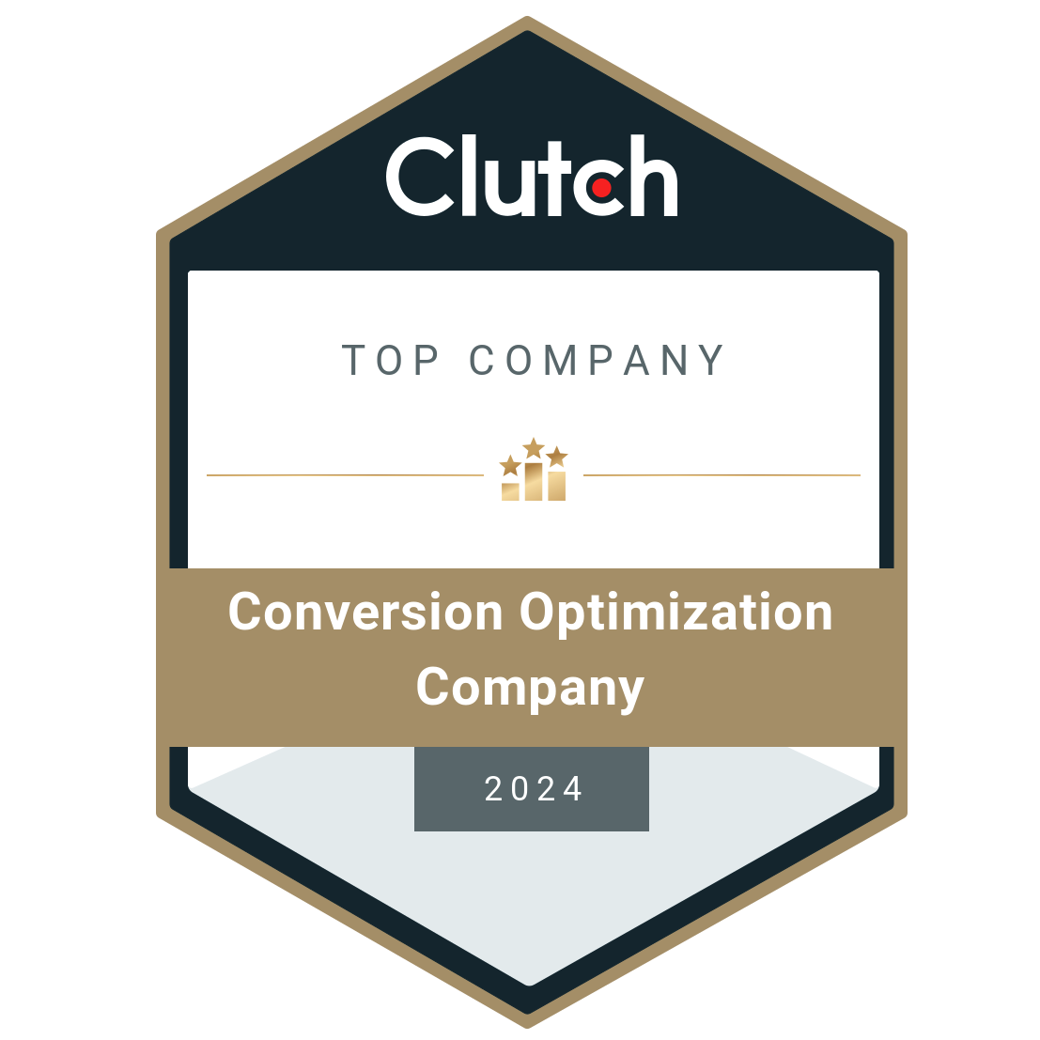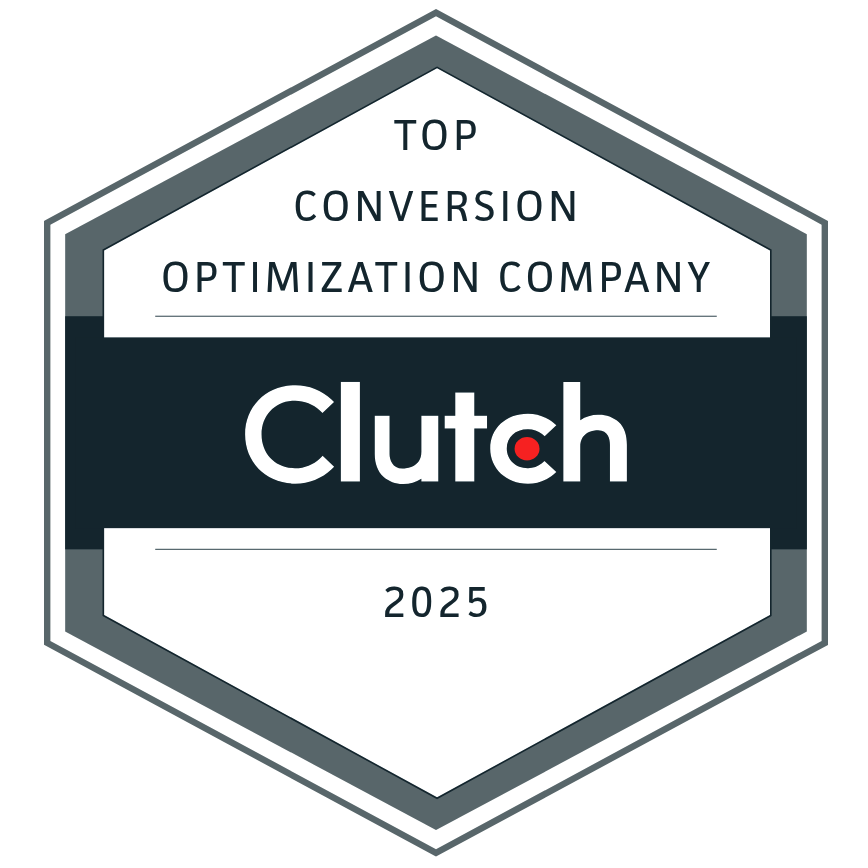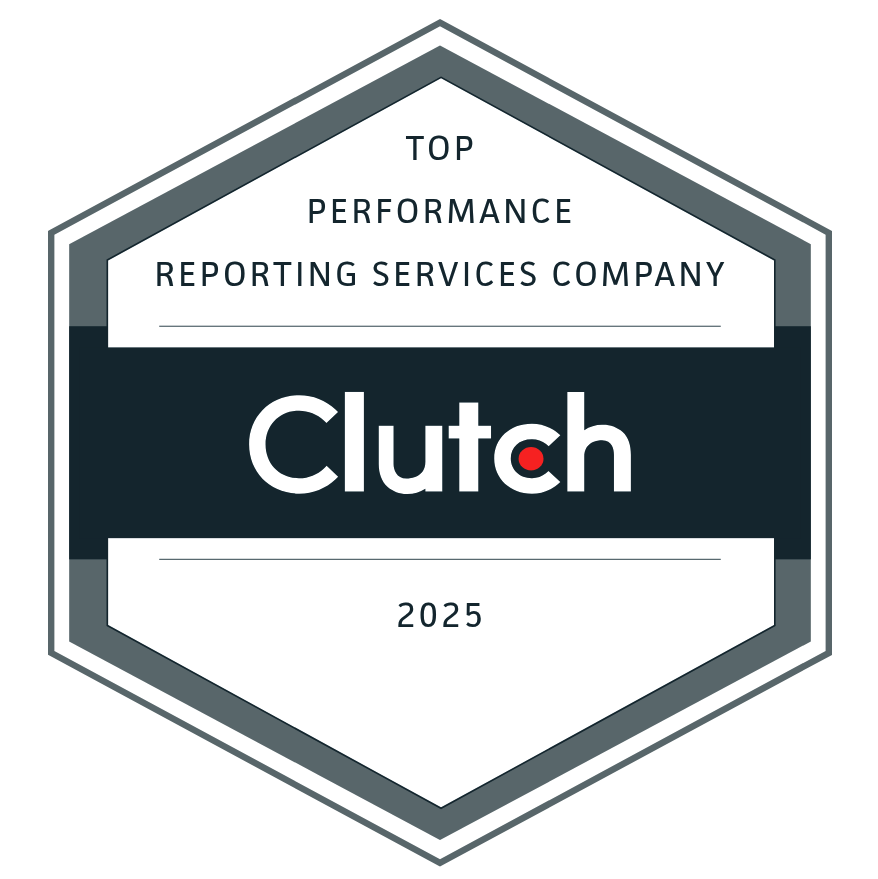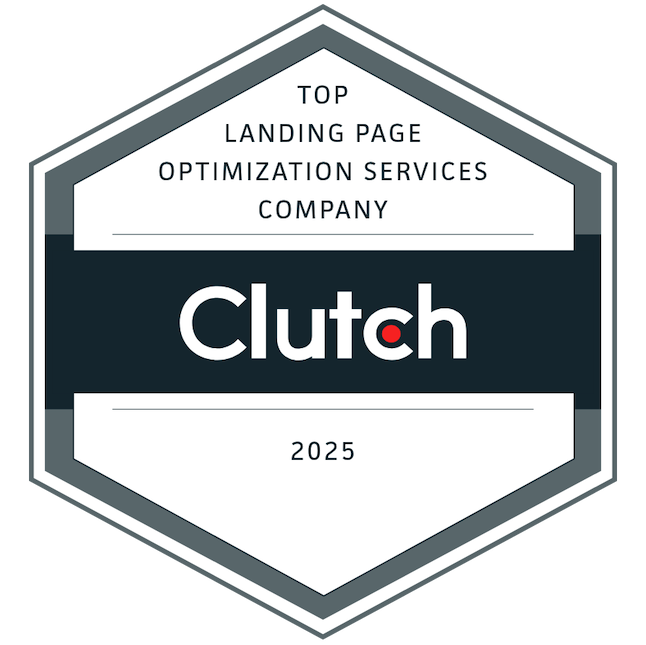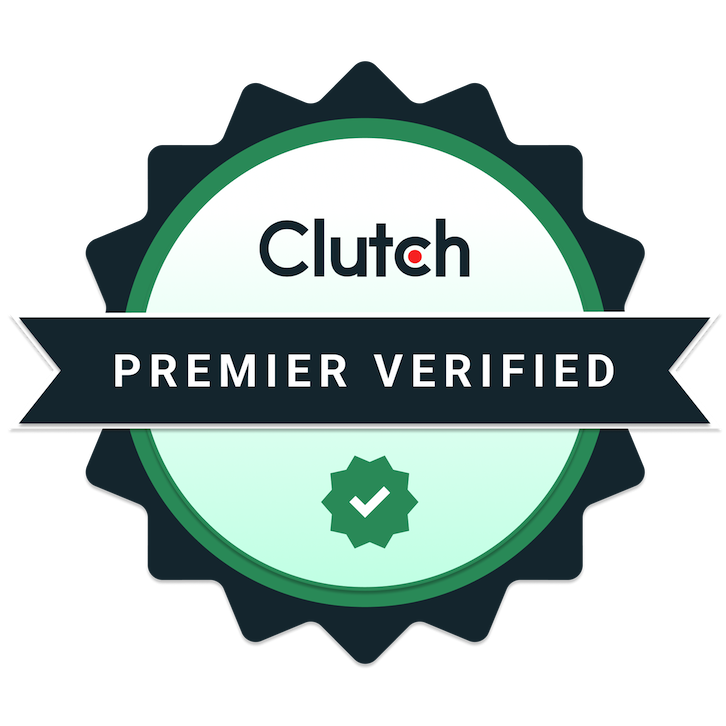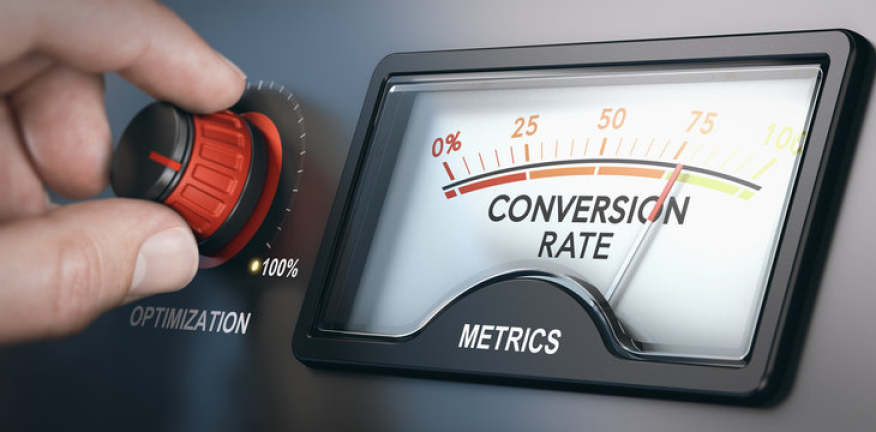Why CRO Is the CMO’s Secret Weapon in a Down Economy
In a down economy, CMOs face shrinking budgets and rising pressure to prove ROI. Conversion Rate Optimization (CRO) is the secret weapon that turns existing traffic into paying customers. Learn why a CRO audit matters, how it reduces CAC, and three high-impact moves to boost revenue without increasing ad spend.
Ask 10 CMOs, and we’d bet nine would say we’re in a period of economic anxiety, from supply chain worries and tariff-centric uncertainty to unpleasant reckonings with cash flow volatility.
Add to that shifting customer behavior and mounting pressure to prove ROI on every spend, and it’s clear why operational efficiency has become a survival priority. As it does, many of us face a choice:
Cut ad spend.
Or slash your marketing calendar.
But there’s a third option: You can double down on what works and make it work harder. That’s what conversion rate optimization (CRO) does. It turns the visitors you already have into paying customers, without spending more on acquisition.
1. What Is Conversion Rate Optimization?
CRO is the practice of systematically increasing the percentage of users who take a desired action, whether that’s purchasing, signing up, booking a demo, or starting a trial. It’s not just button colors or headline tests (though those can play a role). It’s understanding user behavior, diagnosing friction, and making data-backed changes that directly improve revenue per visitor.
That’s what makes it so powerful in a recession: You’re not relying on a surge in traffic or bigger ad budgets. You’re optimizing what you already own.
In a healthy economy, CRO is a smart growth lever. In a downturn, it can be the difference between riding out the storm and being pulled under.
In short: CRO is the CMO’s secret weapon when budgets get tight.
2. Why a Conversion Optimization Audit Matters
When budgets tighten, most CMOs feel the squeeze from two sides:
- Acquisition costs rise as competitors fight for a smaller pool of buyers.
- Internal pressure mounts to justify every dollar spent.
CRO solves for both. By improving your site’s efficiency, you can keep customer acquisition costs (CAC) stable or even bring them down. At the same time, you create measurable, defensible wins to show the C-suite: revenue gains without more ad spend.
Even small percentage lifts in conversion rates can compound into significant revenue gains over the course of a year. (For an example, see this case study showing how our changes created an annualized revenue uplift for an outdoor gearmaker of over $1M.) It’s one of the few marketing disciplines that can directly impact profitability in a matter of weeks.
3. Why It Matters Even More in a Down Economy
In a downturn, customer behavior changes. People still buy, but they scrutinize harder, shop longer, and abandon more carts. If your funnel is leaking, you’ll know.
That’s why CRO is so critical now. You can’t afford to lose warm leads to unnecessary friction, unclear messaging, or untested assumptions about what drives action.
Think about it: If your current conversion rate is 2% and you lift it to 3%, you’ve just increased revenue by 50% without touching your ad budget. That kind of impact matters when every percentage point counts.
4. Three High-Impact CRO Moves You Can Make Now
1. Prioritize High-Intent Traffic (Quickest ROI)
Not all traffic is equal. In a downturn, you can’t waste time optimizing for low-intent visitors who are unlikely to buy. Start by identifying the channels, campaigns, and landing pages with the highest close rates and focus your testing there.
Tools like Google Analytics, GA4, or attribution platforms can show you exactly where your best prospects are coming from.
2. Do a Conversion Optimization Audit (Most Costly to Ignore)
Where are people dropping out of your funnel? Is it before they add to cart? During checkout? Right after a trial starts?
Even simple fixes (streamlining forms, clarifying calls-to-action, improving page load times) can stop valuable prospects from slipping away.
The more steps and friction points you can remove, the more revenue you retain without adding a single visitor.
3. Make Data-Driven Copy Changes (Fastest Lift)
In a soft market, your messaging must work harder. That means swapping vague claims for concrete proof, using voice-of-customer insights (reviews, surveys, support tickets) to speak directly to buyer objections, and testing headlines that center value (both in terms of emotional impact and literal economic value) over features. Our client Figgy saw a 33% boost in conversion after we adjusted its headline copy to reflect its buyers’ emotional needs, rather than the product benefits.
Well-targeted copy can often close the sale without relying on discounts — a key advantage when you need to protect margins.
4. Final Thought: Play Offense, Not Defense
The biggest CRO mistake in a recession? Waiting. Hoping the market bounces back before making changes.
The CMOs who win in a down economy treat CRO not as a side project, but as a core growth strategy. They know that performing a conversion optimization audit, and maximizing the impact of the buyers you already have, is faster, cheaper, and more sustainable than chasing new ones.
If you’re staring at a budget spreadsheet wondering where to cut, don’t start with optimization. Start with everything else. CRO is the rare line item that pays for itself, even in the toughest markets.
Your competitors will slow down. You don’t have to.
Answers to Frequently Asked Questions
In a challenging economy, Conversion Rate Optimization (CRO) becomes essential for anyone looking to maximize ROI. This FAQ section addresses key questions about leveraging CRO to enhance revenue, reduce customer acquisition costs, and optimize existing traffic for sustained growth.




.avif)
